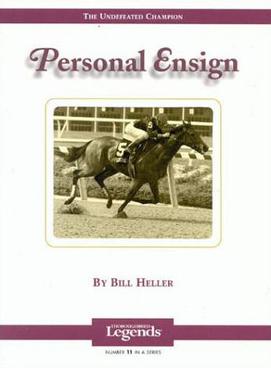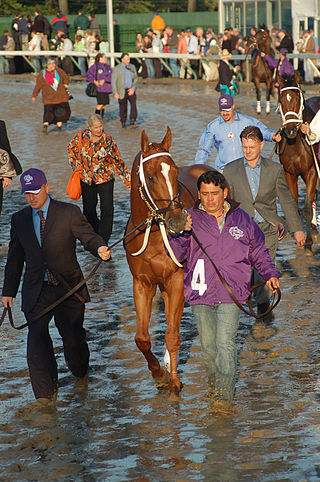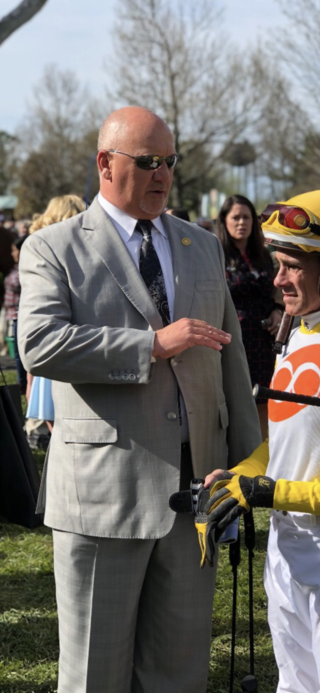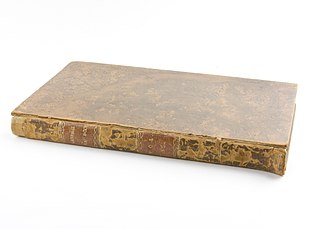
Keeneland Association, Inc. is an equine business based in Lexington, Kentucky. It includes two distinct divisions: the Keeneland Race Course, a Thoroughbred racing facility, and Keeneland Sales, a horse auction complex. It is also known for its reference library.

Blood-Horse Publications is an American multimedia publishing house focused on horse-related magazines headquartered in Lexington, Kentucky. It began in 1916 through its flagship magazine, The Blood-Horse. From 1961 to 2015, Blood-Horse Publications was owned by the Thoroughbred Owners and Breeders Association, a non-profit organization that promotes Thoroughbred racing and breeding. In 2015, the Jockey Club became the majority owner. According to the company, Blood-Horse has subscribers from over 80 countries worldwide, and according to ESPN is the thoroughbred industry's most-respected trade publication.

Nashua was an American-born thoroughbred racehorse, best remembered for a 1955 match race against Swaps, the horse that had defeated him in the Kentucky Derby.
The Jockey Club is the breed registry for Thoroughbred horses in the United States and Canada. It is dedicated to the improvement of Thoroughbred breeding and racing and fulfills that mandate by serving many segments of the industry through its subsidiary companies and by supporting numerous industry initiatives.

Personal Ensign was a champion Thoroughbred racehorse who retired undefeated with 13 wins. At the time, this was the longest win streak for a horse at the elite level of American racing in 80 years. Her come-from-behind victory in the 1988 Breeders' Cup Distaff over Kentucky Derby winner Winning Colors is considered one of the most memorable performances of the Breeders' Cup era.
The Eclipse Award is an American Thoroughbred horse racing award named after the 18th-century British racehorse and sire, Eclipse.

Regret was a famous American thoroughbred racemare and the first of three female horses to ever win the Kentucky Derby.
Ferdinand was a champion Thoroughbred racehorse who won the 1986 Kentucky Derby and 1987 Breeders' Cup Classic and was the 1987 Horse of the Year.
Monarchos was a champion American Thoroughbred racehorse who won the 2001 Kentucky Derby in the second fastest winning time and overall third fastest time in the race's history.
Christopher Chenery was an American engineer, businessman, and the owner/breeder of record for Thoroughbred horse racing's U.S. Triple Crown champion Secretariat.
William T. Young was an American businessman and major owner of thoroughbred racehorses.

Curlin is an American Thoroughbred racehorse who was the American Horse of the Year in both 2007 and 2008. He retired in 2008 as the highest North American money earner with over US$10.5 million accumulated. His major racing wins included the 2007 Preakness Stakes, 2007 Breeders' Cup Classic, and 2008 Dubai World Cup. In August 2008, Timeform assigned a 134 rating for Curlin, calling him the best horse in the world on dirt. Curlin was elected to the National Museum of Racing's Hall of Fame in 2014, his first year of eligibility.

Kenneth G. McPeek is an American Thoroughbred racehorse trainer.
Preston Morris Burch was an American Hall of Fame Thoroughbred racehorse trainer, breeder, and owner.
Fred William Hooper was an American Thoroughbred racehorse owner and breeder. He was a member of The Jockey Club, an honorary director of the Breeders' Cup, and one of the founders of the Thoroughbred Owners and Breeders Association and one of its first presidents.
The American Thoroughbred Owners and Breeders Association (TOBA) based in Lexington, Kentucky is a trade organization for Thoroughbred racehorse owners and breeders. Founded in 1961, the TOBA's stated mission is to "improve the economics, integrity and pleasure of the sport on behalf of Thoroughbred owners and breeders."

The Jersey Act was introduced to prevent the registration of most American-bred Thoroughbred horses in the British General Stud Book. It had its roots in the desire of British horse breeders to halt the influx of American-bred racehorses of possibly impure bloodlines during the early 20th century. Many American-bred horses were exported to Europe to race and retire to a breeding career after a number of U.S. states banned gambling, which depressed Thoroughbred racing as well as breeding in the United States. The loss of breeding records during the American Civil War and the late beginning of the registration of American Thoroughbreds led many in the British racing establishment to doubt that the American-bred horses were purebred.
Arthur B. "Bull" Hancock Jr. was a breeder and owner of thoroughbred racehorses at Claiborne Farm in Paris, Kentucky, United States. He acquired European horses to breed in the United States, in particular Nasrullah and Princequillo, and gained great standing in the racing world as a result.
Walter Joseph Salmon Sr. was a New York City real estate investor and developer. According to the New York City Landmarks Preservation Commission, Salmon was "responsible for rebuilding the north side of West 42nd Street between Fifth and Sixth Avenues in the first decades of the 20th century". As well, Salmon was a major figure in the business of Thoroughbred horse racing whom The Blood-Horse magazine called "one of the leading breeder/owners of the 20th century."







